“Bhumchu” which means a sacred pot of water, is a festival which is celebrated with tremendous fanfare in the entire state of Sikkim. The festival is believed to decide the fate of this beautiful North Eastern state of India in the upcoming new year and sees a footfall of thousands of tourists and devotees not only from the neighbouring towns but, also from across the bordering countries like Nepal and Bhutan. Undoubtedly, one of the most important and holiest festivals for all the Buddhists in Sikkim and around, it also provides for a perfect platform for all those Non-Buddhists who seek a deeper insight into Buddhism and its religious customs, beliefs and rituals.
History of the Festival
The celebrations of Bumchu are believed to have started somewhere between 755 and 804 CE in Tibet under the reign of King Trisong Deutsonin. He is considered to be one of the three Dharma Kings who played a pivotal role in introducing Buddhism to the region. It is under his rule that Guru Padmasambhava when invited to Tibet performed a holy sadhana and consecrated the land with water from his sacred vase, which was then later concealed as a hidden treasure in his most blessed place, the Tashiding Monastery in Sikkim. Somewhere around 17th century, the vase was again discovered by one of the reincarnations of Padmasambhava and it is since that time, this festival again resumed with all its glory and splendour.
Duration of the Festival
Bhumchu festival is celebrated for two days starting on the 14th day of the first month of Tibetan lunar calendar, which often falls in the months of February and March. The first day witnesses the monks at the Tashiding Monastery opening the sacred vase and predicting forecasts and events for the impending year. Second day is the closure ceremony, when amidst prayers and chants, the pot is re-filled from the water of sacred river nearby and again sealed until to be opened the next year.

Highlights & Important Rituals of the Festival
The major highlight of the Bumchu festival is marked by the sacred pot of water which is opened only once a year for the public display; the lamas open this pot first thing in the morning and determine the future of the state in the new year by observing the level of water in the same; a water level up to the brim gives an indication towards natural disasters and calamities, if the water level is low, it’s a sign of famines and droughts and lastly, if the water is just half filled, it signifies a peaceful and prosperous year ahead. The water from this pot is considered very pious and is believed to bring good luck and prosperity to the one consuming even a drop of it. Only a small amount of this holy water is distributed among the devotees and that is the reason, there are long queues in-front of the monastery with people lined up starting early mid-night.

















































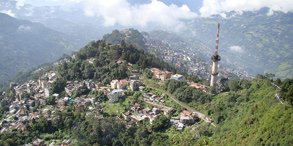
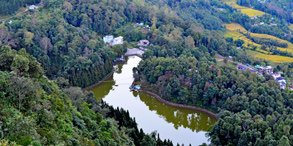

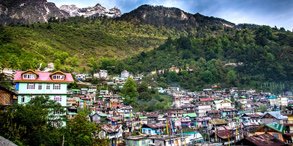
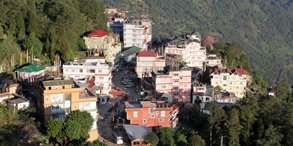
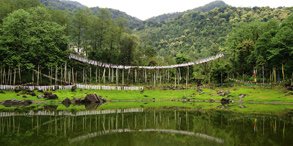
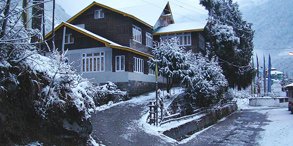
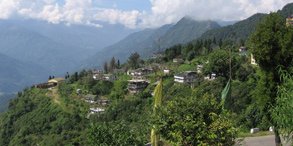
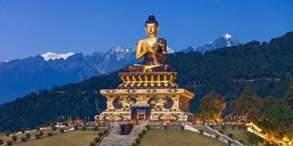
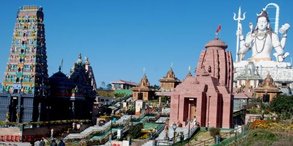
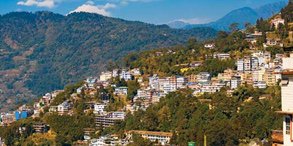

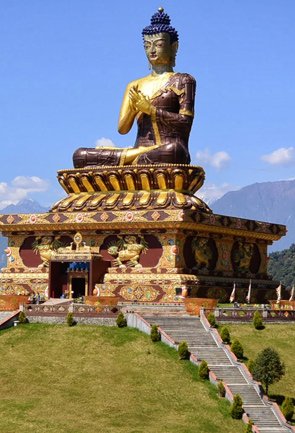

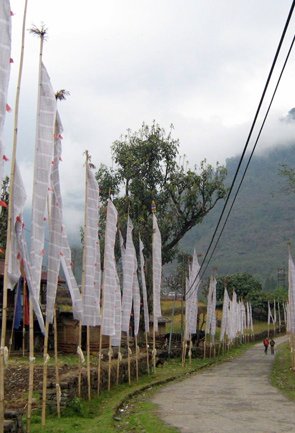


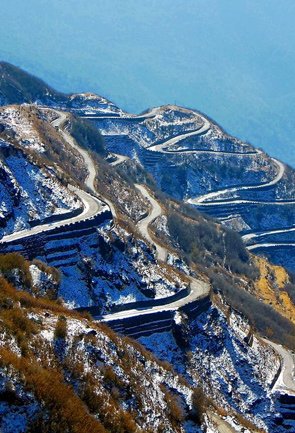

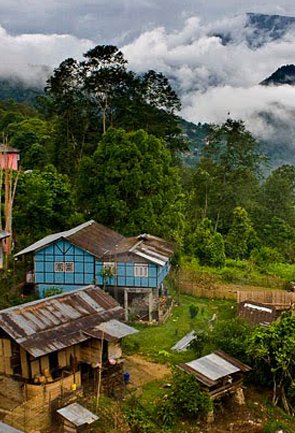
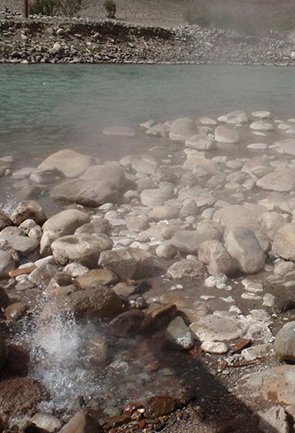
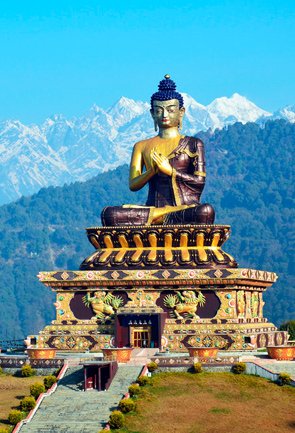

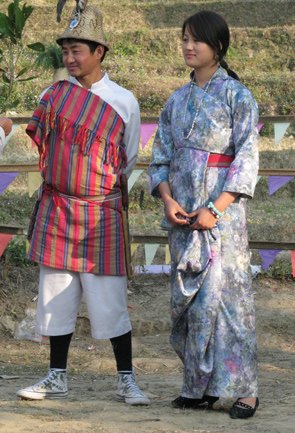
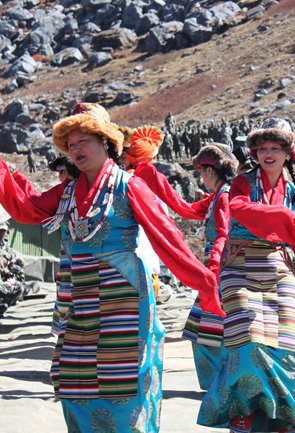



 Plan Trip
Plan Trip Call Us
Call Us Packages
Packages Home
Home